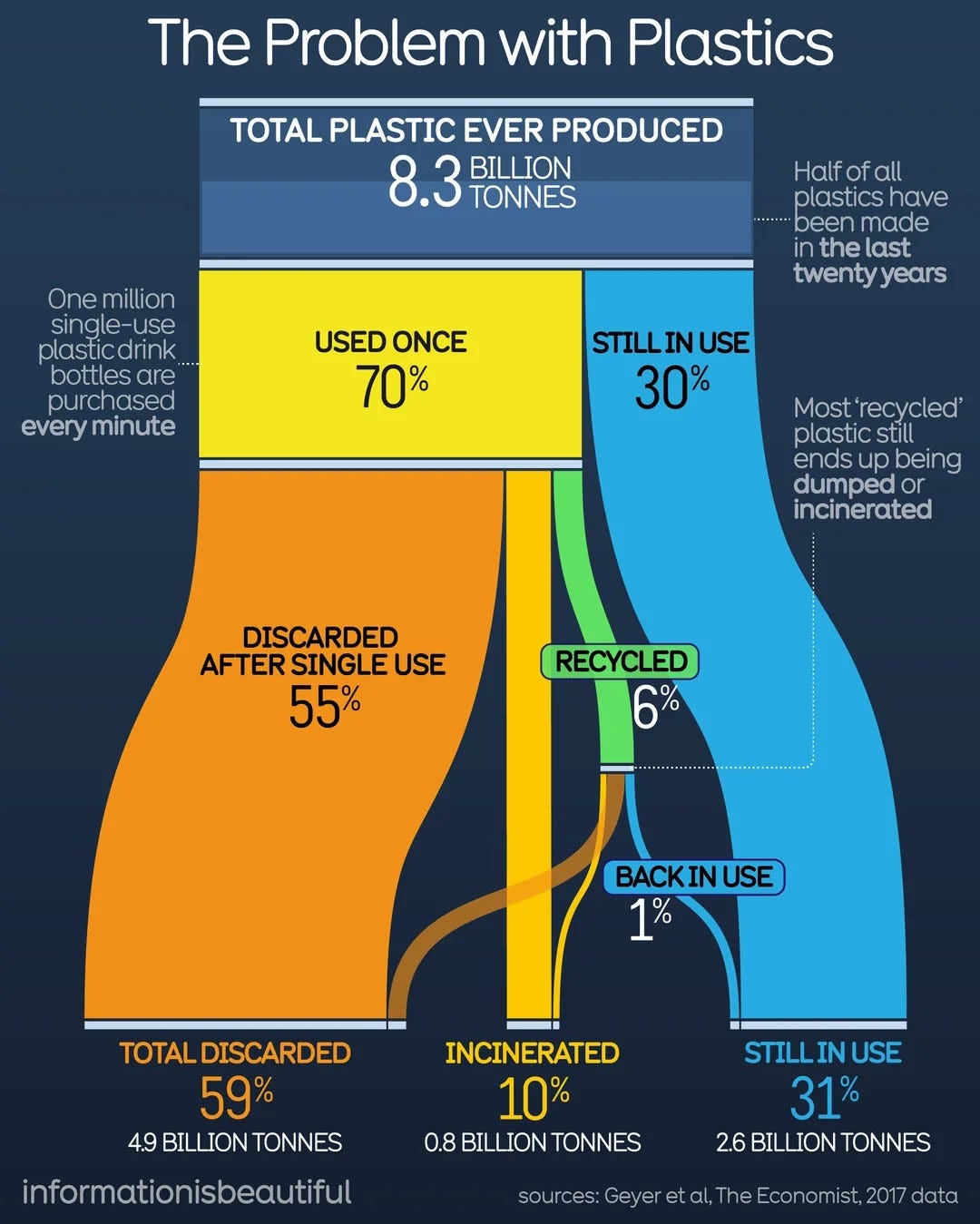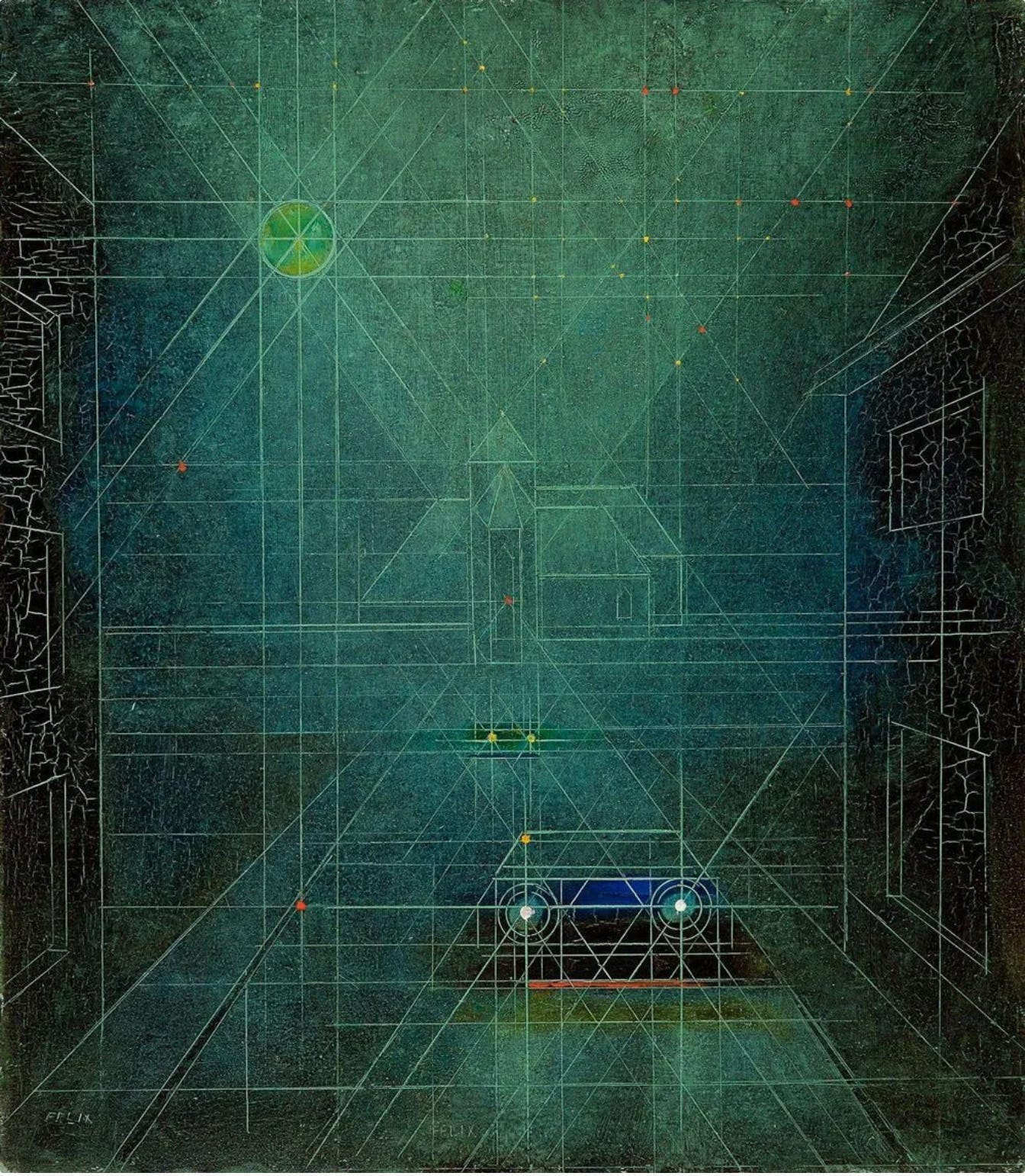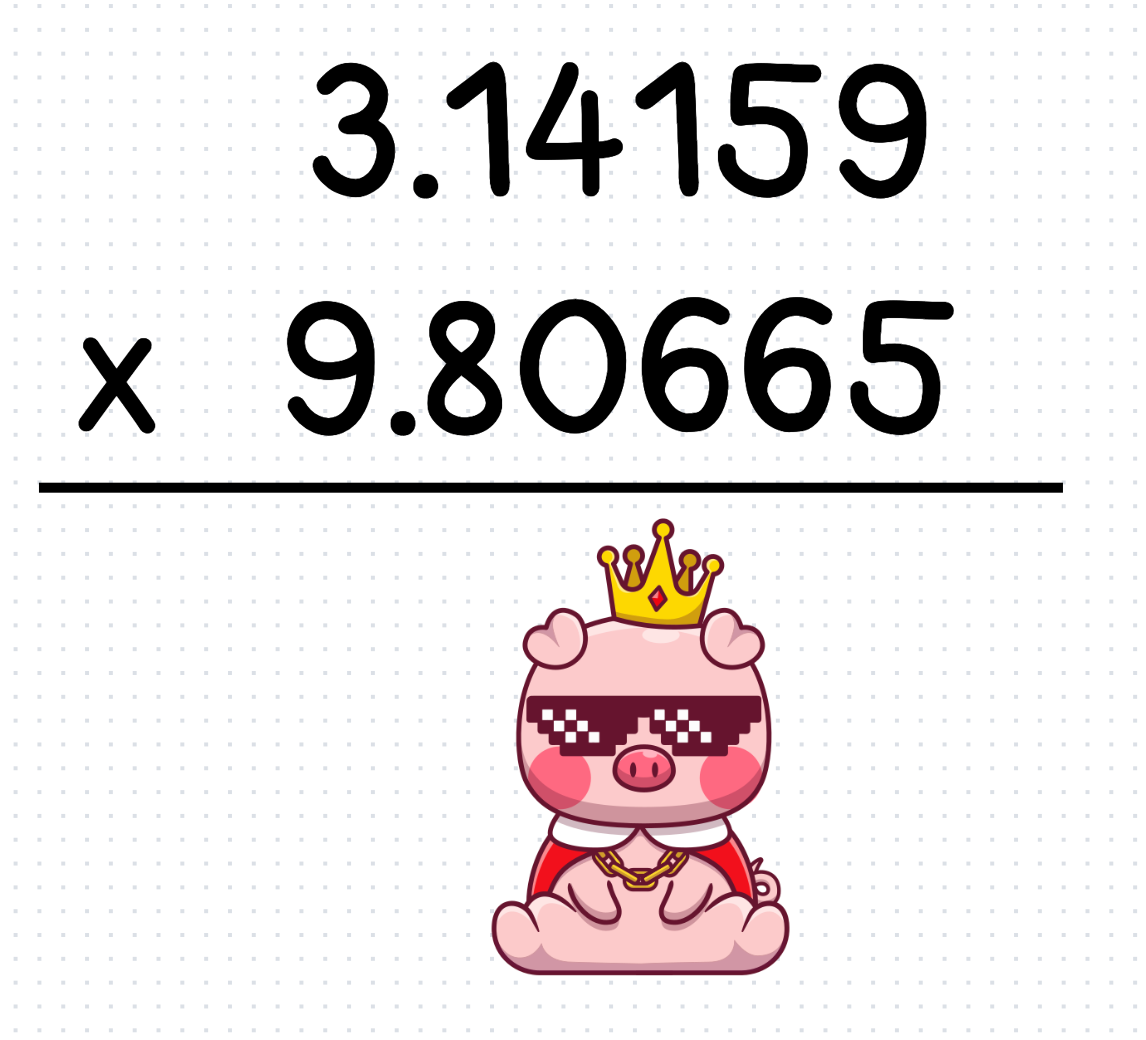The Math Intercept 8
Kolam Tiles, Vinca Minor, Matchstick Puzzles, how kids and adults solve problems differently, newly discovered harms of math homework and many more...
Hello everyone,
Due to personal matters and the Holy Ramadan, I stayed away from the Math Intercept. However I was not outside of the curious mathematics world.
Kolam Tiles
Since the previous issue, I discovered and enjoyed Kolam Tiles. Kolam is a beautiful and traditional art form from South India. It involves drawing intricate geometric patterns on the floor using rice flour, colored powders, or other natural materials. This beautiful art form has cultural and religious significance. The kolam is believed to be auspicious and to welcome Lakshmi, the Hindu goddess of wealth, into the household. It is also thought to ward off evil spirits.
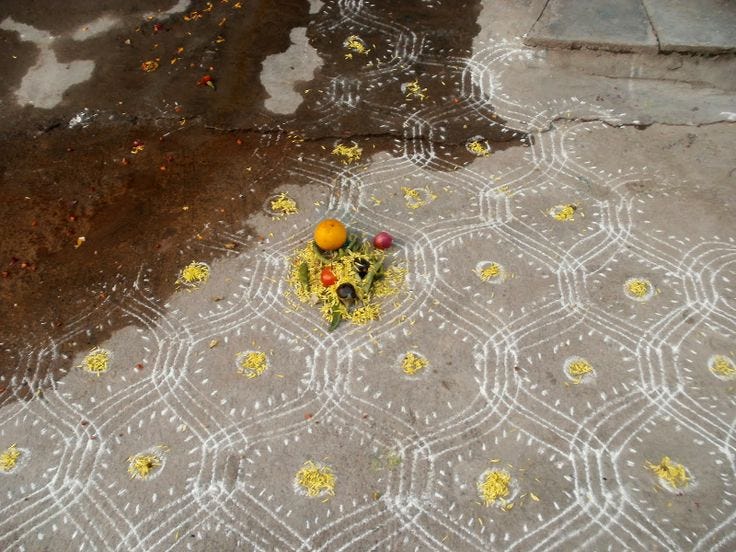
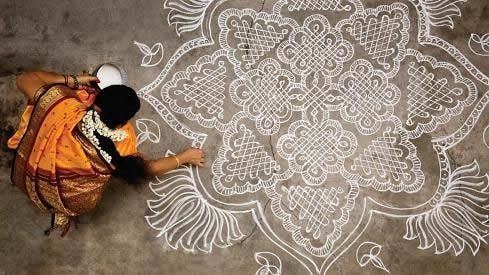

I first saw Kolam Tiles in Mathigon. This curious art game is amazing. But, rather than playing on the screen, we decided to make printouts and make our own laminated pieces. We are planning to try it in the next week’s STEAM Week activities. I am sure the students will like it. Here are some samples I tried at home:
Math Eyes: Vinca Minor

Curious Puzzles
This issue’s puzzles were selected from social media.
Answers to the Puzzles in the Previous Issue
Imagine a town of 20,000 people. Some residents have only one leg, while others don't wear shoes at all. If 5% of the population has one leg and half of the remaining residents go barefoot, how many sandals are worn in the town?
1000 people have 1 leg=1000 sandals. Half the remaining, namely 9500 go barefoot. So the other 9500 will have 19000 sandals. Totally 20000 sandals.
Arrange six nines in such a way that they add up to 100. You are not allowed to use +. (The answer is a bit silly, I admit that)
Math in Action

Kids and Grown-Ups Solve Word Problems Differently: Drawings Reveal Why
Scientists are arguing about how people solve word problems in math. This study investigated how people picture problems in their heads (mental representations) and how those pictures affect how they solve them.
Researchers showed kids and adults the same special word problems using different words. Some problems (like using apples) might make people picture a certain way (number of apples), while others (like using height order in a line) might make them picture things differently.
The participants solved the problems and then drew pictures of them. The researchers looked at the drawings to see if they showed signs of the different ways of picturing the problems. They found that both kids and adults used different solving strategies depending on how they pictured the problem in their heads, and these pictures were influenced by the words used, not the actual math.
This research suggests that drawing can be a helpful tool to see how people understand word problems and might be useful for teaching math.
Source: Hippolyte Gros et al, Uncovering the interplay between drawings, mental representations, and arithmetic problem-solving strategies in children and adults, Memory & Cognition (2024). DOI: 10.3758/s13421-024-01523-w
🔴 🟠 🟡 🟢 🔵 🟣 ⚫️ ⚪️ 🟤
Researchers found that spreading out practice and reducing pressure might be better for learning math facts in the long run.
Jazbutis, O. R., Wiseheart, M., Radvansky, G. A., & McNeil, N. M. (2023). Distributed Practice and Time Pressure Interact to Affect Learning and Retention of Arithmetic Facts. Journal of Numerical Cognition, 9(2), 302-326. https://doi.org/10.5964/jnc.7721
🔴 🟠 🟡 🟢 🔵 🟣 ⚫️ ⚪️ 🟤
Math homework sometimes causes more harm than good, according to a new study done by the researchers from the University of South Australia and St Francis Xavier University in Canada.
The study examines how parents help their kids with math homework, finding it can be stressful, especially for mothers. With new teaching methods, parents may not understand the work themselves. The study followed moms from eight families in Canada. They struggled to find time to help their kids, and some felt inadequate because of the difficulty. This stress can hurt both moms and kids, and make them dislike math even more. The researchers worry this could continue for generations, with kids growing up to dislike math like their moms.
O’Keeffe, L., Clarke, C., McDonald, S., & Comber, B. (2023). Mathematics homework and the potential compounding of educational disadvantage. British Journal of Sociology of Education, 44(7), 1144–1160. https://doi.org/10.1080/01425692.2023.2240530
Proofs Without Words
The square of a triangular number equals a sum of cubes:
source: Wikipedia
What is going on in this graph?
This infographic from Informationisbeautiful shows how serious the plastic problem our Earth faces is right now. And unfortunately this data is from 2017. It is nearly certain to say that things have become worse in the seven years past after the data collection time.
Firstly, half of all plastics have been produced in the last 20 years. This highlights the exponential growth in plastic consumption in recent decades. One million single-use plastic drink bottles are purchased every minute, emphasizing the prevalence of disposable plastics in our daily lives.
A significant portion of plastic waste ends up in landfills or incinerators. The infographic depicts that only 6% of plastic is recycled, whereas 59% is discarded and 10% incinerated. Unfortunately, the recycling efficiency is limited, too. Only 1% of recycled plastic is actually used again.
The information is beautiful; the infographic is appealing, but what it says is depressing. Hope we find ways to stop harming our planet and fix our mistakes before it gets too late.
Math In Art: Night lights at Beersel, Félix de Boeck
Mathemania!
This is the end! I hope you enjoyed the Math Intercept.












